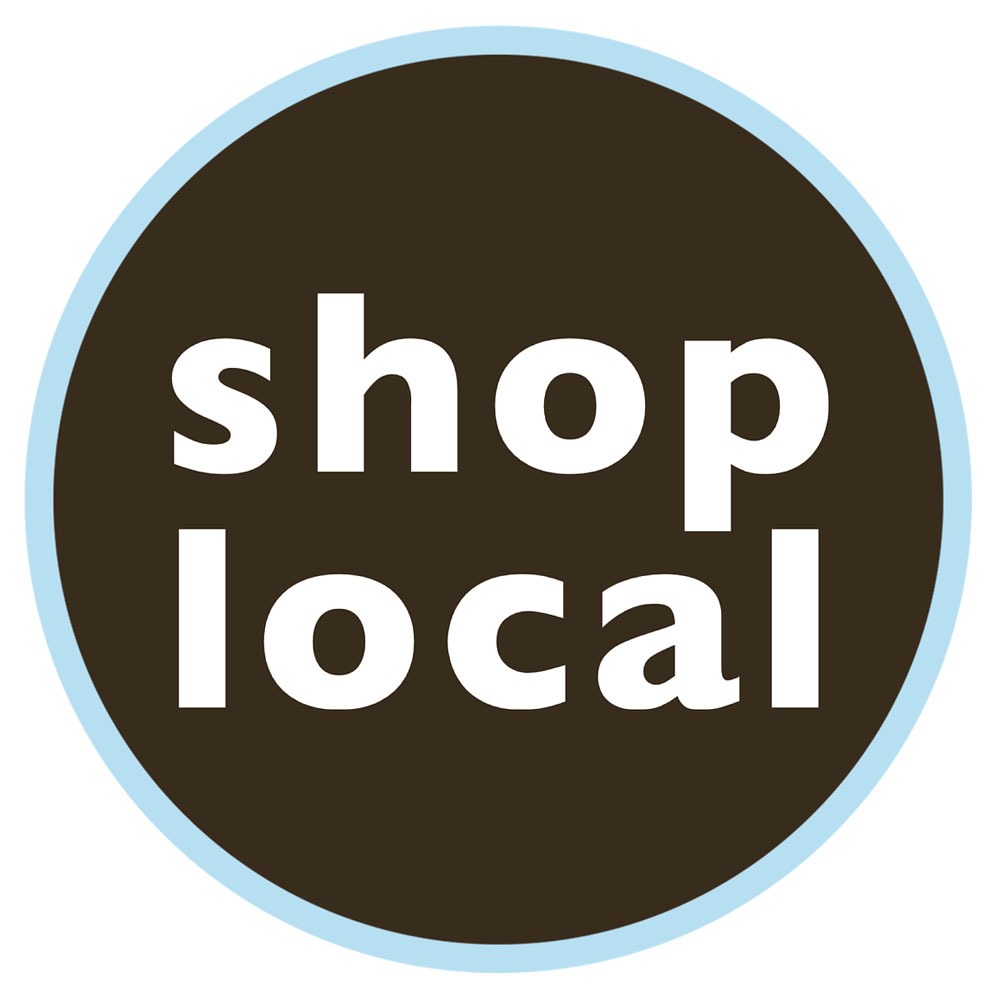
November 28, 2020; CBS News, Newsday, and CBS Philly
“The stakes are higher than ever for small businesses this holiday season,” reports Megan Cerullo for CBS News. The unofficial holiday shopping season has now begun. This past Saturday was “Small Business Saturday,” a day launched a decade ago by American Express to encourage shopping at small businesses, but which has over time gained momentum as an event of its own. In 2019, US consumers spent $19.6 billion at independent retailers and restaurants on Small Business Saturday.
Many small businesses are entering the 2020 holiday season severely weakened by the COVID-19 economy. Data compiled by the Opportunity Insights Economic Tracker based out of Harvard University indicates that revenue is 32.1 percent less than last year as of November 16th, while the number of businesses open has also fallen by 28.9 percent. The digital platform Yelp has also maintained its own estimate of business closures; as of the end of August, Yelp estimates that 97,966 businesses listed on its site had permanently closed, with another 65,769 businesses temporarily closed.
Needless to say, the numbers for small business form quite a contrast with the status of larger chain businesses, many of which are doing well. To date, the Standard & Poor’s 500 index of the nation’s 500 largest businesses has risen by 12.6 percent since the start of 2020.
Sign up for our free newsletters
Subscribe to NPQ's newsletters to have our top stories delivered directly to your inbox.
By signing up, you agree to our privacy policy and terms of use, and to receive messages from NPQ and our partners.
A survey by the National Federation of Independent Business indicates the risk of yet more small business pain ahead. While, like most small sample surveys, the data are hardly scientific, the results are nonetheless troubling. The poll of 466 small business owners, with the median surveyed firm employing five people, was conducted in late October and found that 20 percent of the small business owners surveyed said that they believe they will have to shut down if economic conditions don’t improve within six months.
Regional data indicate that the degree of small business shutdowns to date has varied greatly by locality. Not surprisingly, cities that are dependent on tourism have seen the greatest level of closures. In San Francisco, an estimated 49 percent of small businesses have shut down. New Orleans is not far behind at 45 percent. By contrast, some cities have seen more modest declines, with Omaha, Nebraska, having seen the smallest closure level of a major city at 13 percent.
Writing for Newsday, Tory Parrish notes that one factor that has led to the disparate outcomes for small and larger businesses is that small businesses were often treated differently from large businesses during the shutdown. Many small businesses were labeled “nonessential” while many large chains were allowed to remain open because they sold food, medication, and other essential products. Now, small businesses that have reopened face the challenge of getting customers to come back.
This can be challenging, but some small business owners are finding ways to adjust. In Philadelphia, Gary Coleman, the owner of the English Gardener Gift Shop, tells CBS Philly that he remains optimistic. “COVID hit us in April, at Easter, which is a huge time for us. So being small, we can pivot pretty quickly and adapt. So, we did contactless delivery, free local delivery, curbside pickup, a lot of phone orders, and just kind of had to adapt to what was going on. And customers really, really appreciated it.” He adds, “Our customers supported us during the lean months in the beginning of this pandemic, so appreciate that greatly and they’re coming back again now at Christmas time.”—Steve Dubb













